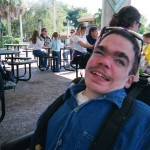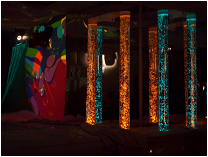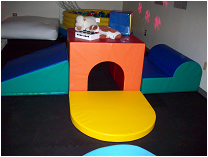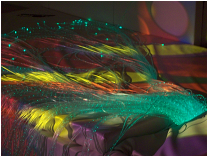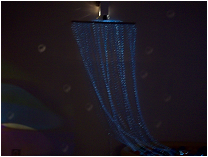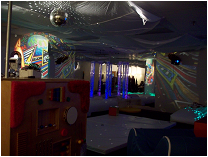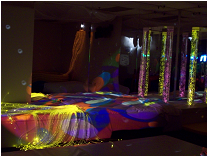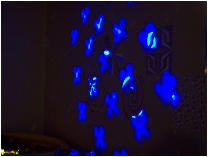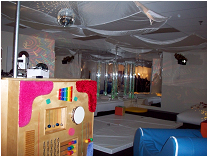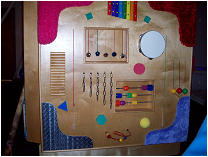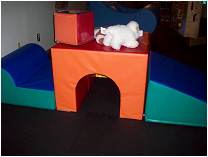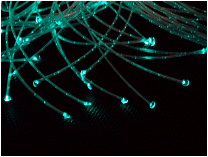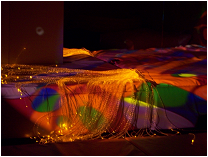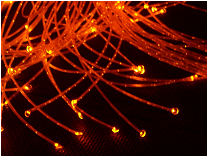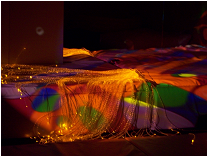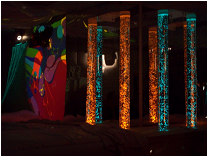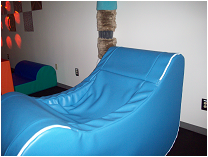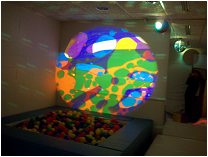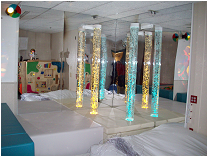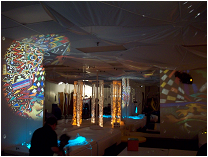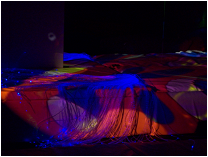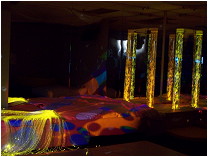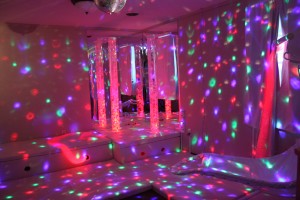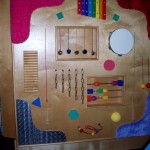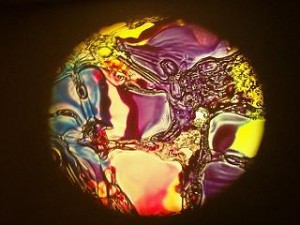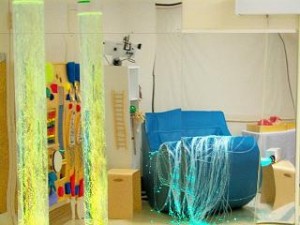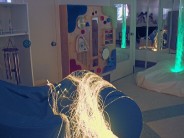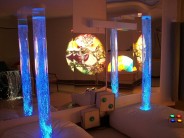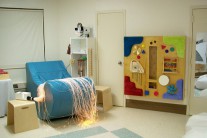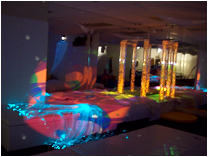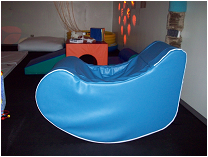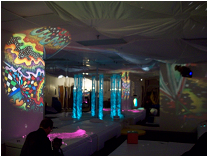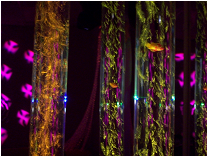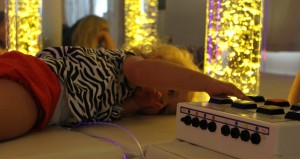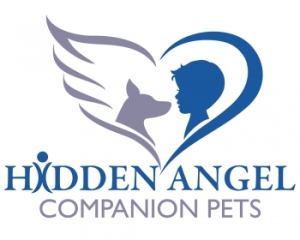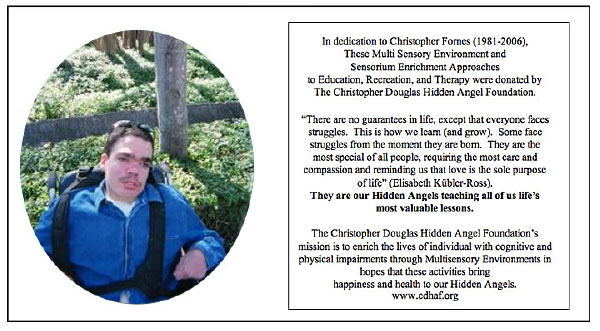“There are no guarantees in life, except that everyone faces struggles. This is how we learn (and grow). Some face struggles from the moment they are born. They are the most special of all people, requiring the most care and compassion and reminding us that love is the sole purpose of life.”– Elisabeth Kübler-Ross
These are our Hidden Angels – teaching all of us life’s most valuable lessons.
Multisensory room aids students at Latrobe
October 11, 2012 – Owen Wege was getting his dose of sensory stimulation on Wednesday at Baggaley Elementary School, absorbing the sights of the colorful bubble tubes and a waterfall of lighted fiber-optic strands combined with the clashing sounds of cymbals, tambourines and soothing mood music.
The 9-year-old was joined by other youngsters participating in the open house for the Greater Latrobe School District’s new multisensory room that is specially designed to help children with autism deal with their anxieties and struggles during the school day.
“We treat it as part of their ‘sensory diet,’ said Kara Stenger, an autistic support teacher at Baggaley Elementary School in Unity. “For a student who is overstimulated, we can bring them in for calming,”
Autism is a complex developmental disability that causes problems with social interaction and communication, according to the National Institute of Child Health and Human Development. Different people with autism can have very different symptoms.
Stenger, who was a driving force behind the development of the room, said the teachers in the school’s autistic support classroom can bring their eight students in for 20-to-30-minute sessions in the multisensory room, which had been converted from a small conference room last month.
While some of her students were initially hesitant about playing in the room, that changed after they started using it, Stenger said.
“The kids are real excited, They’re kind of soaking it all in,” Stenger said.
The students are monitored by their teachers and a log is kept to see what works for each individual child — whether it is using a remote control to change colors of lights, laying on a water-filled pad or wrapping themselves in strands of the fiber optics, said Shelly Stillwagon, an assistant teacher in the autistic support classroom.
In some cases, students who are lethargic on a particular day can use the room to lift their spirits and energy, Stillwagon said.
Wege’s parents, Jen and Chris Wege of Baggaley, said their third-grade son really likes the room.
“It helps him calm down,” said Chris Wege.
The room got the stamp of approval from another student, Mies Chiang, 8, said his mother, Elizabeth Spaar.
“He loves it. He talks about it all the time,” Spaar said.
It cost about $24,000 to equip the room with the features needed to make it an ideal setting for the students with autism. Money was raised through contributions from nonprofit foundations and school fundraising efforts, Stenger said.
“It fills a need for this level of student. We would not be able to offer this room without the contributions,” said Judith Swigart, Greater Latrobe superintendent.
The features of the multisensory environment can help to reduce an autistic child’s anxiety by giving them the sensory input they need, said Kristin Gallagher of Jefferson Hills, the director of family support for the nonprofit Autism Center of Pittsburgh.
Having a room where the children can experience the sensory stimulation is so much better than trying to calm an autistic child by merely walking them down the hall, which won’t work, Gallagher said.
“This is absolutely a beautiful thing that the school district has done. I hope other schools will follow their lead,” said Gallagher, a Greensburg Salem graduate with three children who have the autism disorder.
SOURCE: Trib Total Media, Inc.
